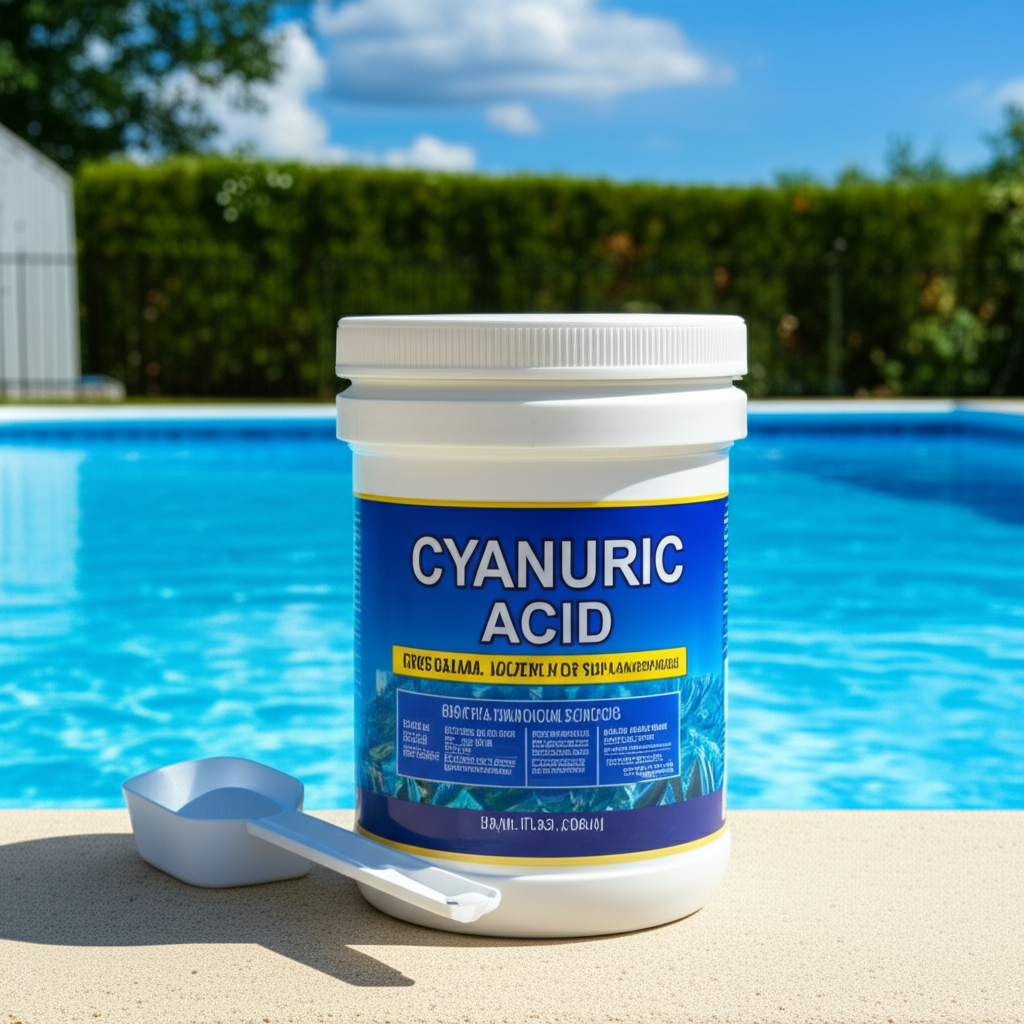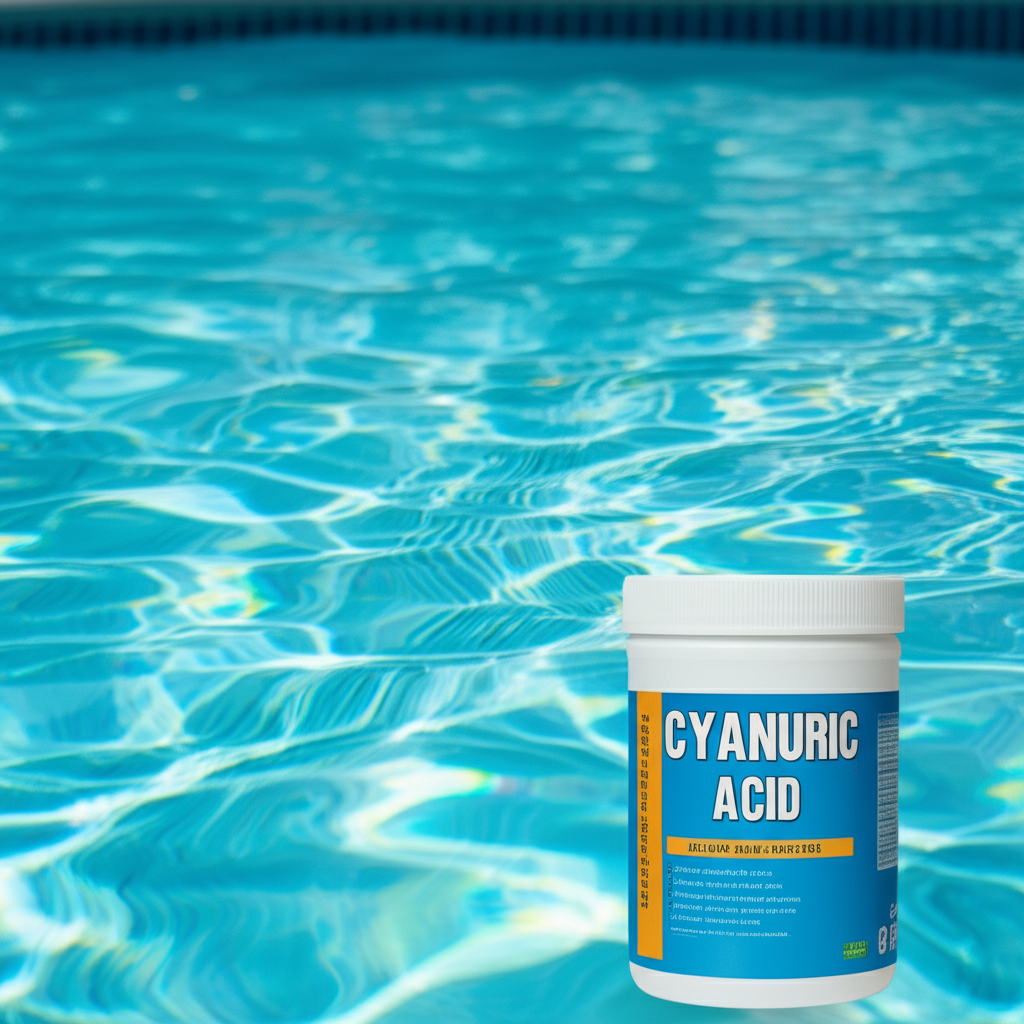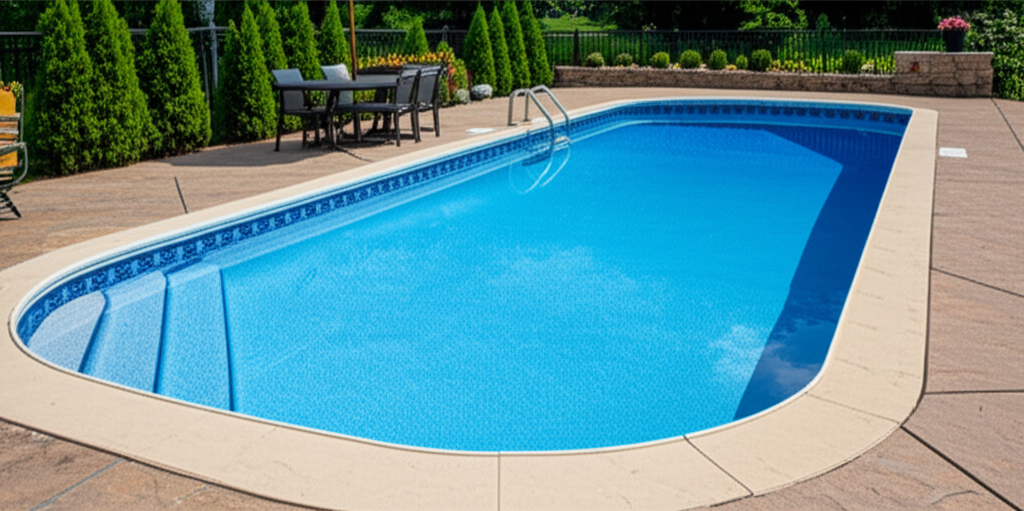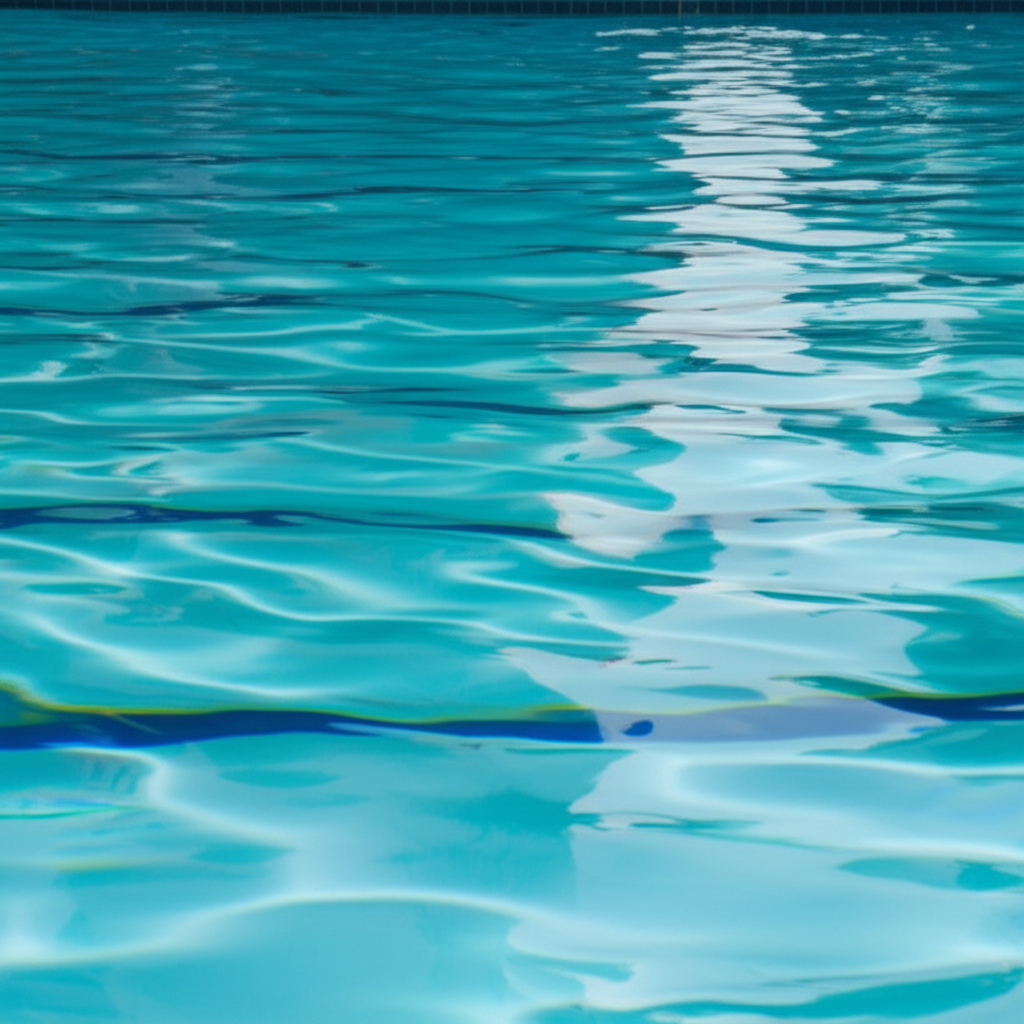- What is Cyanuric Acid (CA) and How Does It Work?
- Why You Need Cyanuric Acid: The Benefits of a Pool Stabilizer
- Optimal Cyanuric Acid Levels for Your Pool
- How to Add Cyanuric Acid to Your Pool
- The Risks of Too Much Cyanuric Acid
- Testing and Maintaining Your Cyanuric Acid Levels
- Cyanuric Acid and Saltwater Pools: A Special Consideration
- Conclusion
Cyanuric Acid is often called the unsung hero of pool maintenance, a crucial component that protects your chlorine from the sun’s harsh rays. Without this powerful pool stabilizer, chlorine, the primary sanitizer in most pools, would quickly dissipate, leaving your water vulnerable to algae and bacteria. Understanding how Cyanuric Acid works, how to use it, and how to maintain its levels is fundamental for any pool owner seeking clear, safe, and sparkling water.
What is Cyanuric Acid (CA) and How Does It Work?
Chemically known as 1,3,5-triazine-2,4,6-triol, Cyanuric Acid (CYA) is a white, crystalline solid often referred to simply as “conditioner” or “stabilizer.” Its magic lies in its ability to bind temporarily with free chlorine molecules, forming a protective shield. When the sun’s ultraviolet (UV) rays hit your pool water, they rapidly break down unstabilized chlorine. Studies show that up to 90% of unstabilized chlorine can be destroyed within a few hours on a sunny day.
By forming a weak, temporary bond with chlorine, CA acts like a sunscreen for your sanitizer. It doesn’t prevent chlorine from doing its job – when a contaminant needs to be oxidized or disinfected, the chlorine molecule detaches from the CA and attacks the intruder. Once the job is done, it can re-bond with a CA molecule, ready for its next task and protected from UV degradation. This cyclical protection significantly extends chlorine’s lifespan, ensuring sustained sanitation.
Why You Need Cyanuric Acid: The Benefits of a Pool Stabilizer
The advantages of properly maintained Cyanuric Acid levels are numerous and impactful:
Chlorine Longevity: This is the primary benefit. CA dramatically reduces the rate at which chlorine is destroyed by UV light, meaning your chlorine lasts much longer in the pool.
Reduced Chlorine Consumption: With chlorine lasting longer, you’ll need to add less of it, saving you money on chemicals over time.
Consistent Sanitation: Extended chlorine life ensures a more stable and consistent level of sanitization in your pool, making it harder for algae and bacteria to take hold.
Cost Efficiency: Less frequent dosing and lower overall chlorine usage translate into noticeable savings on your pool maintenance budget.
Enhanced Water Clarity: By maintaining effective chlorine levels, CA contributes to clearer, more inviting pool water, free from the cloudiness caused by microbial growth.
Optimal Cyanuric Acid Levels for Your Pool
Finding the right balance is key. The ideal range for Cyanuric Acid in most swimming pools is 30-50 parts per million (ppm). Some experts recommend going slightly higher, especially for saltwater pools, but generally, staying within this range provides excellent stabilization without causing issues.
Below 30 ppm: Your pool is largely unprotected, and chlorine will be lost rapidly, leading to increased chemical consumption and potential sanitation problems.
Above 50 ppm (and especially above 80-100 ppm): Excessive Cyanuric Acid can begin to “over-stabilize” the chlorine. This is often referred to as “chlorine lock.” While the chlorine is protected, it becomes less active and slower to kill contaminants, effectively rendering your sanitizer less potent. This can lead to persistent algae, cloudy water, and a general feeling of your chlorine being ineffective despite test readings.
How to Add Cyanuric Acid to Your Pool
Adding Cyanuric Acid to your pool is a straightforward process, but it requires patience and proper technique. CA is available in granular form, as a liquid, or as a component in stabilized chlorine products like dichlor and trichlor.
For granular or liquid CA, follow these steps:
1. Calculate Dosage: Determine the required amount based on your pool volume and current CA level (if known). Most products provide dosage charts.
2. Dissolve Granular CA: Granular Cyanuric Acid dissolves slowly. The best method is to slowly add it to a skimmer basket while the pump is running. Do not put it in your filter. Alternatively, you can dissolve it in a bucket of warm water first (ensure all granules are dissolved) before pouring it around the pool’s deep end.
3. Allow Circulation: Let your pump run for at least 24-48 hours to ensure the CA is fully dissolved and thoroughly mixed throughout the pool.
4. Test After 3-5 Days: Wait a few days before retesting your CA level. This gives the product ample time to fully dissolve and integrate into the water.
5. Avoid Backwashing Immediately: After adding CA, avoid backwashing your filter for several days, as this can expel the newly added stabilizer before it has fully dissolved and dispersed.
If you use stabilized chlorine tablets (trichlor) or granular (dichlor) products, they continuously release CA into your pool. This is convenient but means you need to monitor your CA levels carefully to avoid over-stabilization.
The Risks of Too Much Cyanuric Acid
High levels of Cyanuric Acid are a common issue for pool owners, particularly those who consistently use stabilized chlorine. As mentioned, excessive CA can lead to “chlorine lock,” making your chlorine sluggish and ineffective. You might find yourself adding more and more chlorine without seeing improvements in clarity or algae control.
The problematic aspect of high Cyanuric Acid levels is that there’s no chemical way to remove it from the water. Unlike chlorine, which is consumed, or pH, which can be adjusted, CA remains in the water until it’s physically removed. The only effective solution for reducing elevated CA levels is to drain a portion of your pool water and refill it with fresh, unstabilized water. For extremely high levels (e.g., above 100 ppm), a significant drain and refill might be necessary.
Testing and Maintaining Your Cyanuric Acid Levels
Regular testing is crucial for maintaining optimal CA levels.
Frequency: Test your Cyanuric Acid level at least once a month, or more frequently if you’re experiencing issues, adding a lot of fresh water, or after heavy rain.
Test Kits: Use a reliable liquid test kit (usually a turbidity test) rather than basic test strips, which can be less accurate for CA readings. Most comprehensive pool test kits include a CYA test.
Adjustments: If levels are too low, add more CA as described above. If levels are too high, the only solution is dilution through draining and refilling with fresh water.
* Factors Affecting Levels: CA levels typically only decrease slowly through dilution (splash-out, backwashing, rain, adding fresh water) rather than being consumed.
Cyanuric Acid and Saltwater Pools: A Special Consideration
For saltwater pools equipped with salt chlorine generators (SCG), Cyanuric Acid is even more critical. SCGs produce chlorine continuously, but without protection, that newly generated chlorine would quickly burn off in the sun. Many experts recommend a slightly higher CA range for saltwater pools, typically 60-80 ppm, to ensure maximum efficiency of the SCG and prevent the chlorine from dissipating too rapidly. This higher range helps the SCG run more efficiently and for shorter periods, prolonging the life of the chlorine generator cell itself.
Conclusion
Cyanuric Acid is more than just another chemical; it’s a fundamental pillar of effective and efficient pool sanitation. By acting as a powerful pool stabilizer, it safeguards your chlorine from the sun’s destructive UV rays, ensuring your sanitizer lasts longer, works more consistently, and ultimately saves you time and money. Understanding its role, maintaining optimal levels, and knowing how to adjust them are essential skills for any pool owner dedicated to keeping their water safe, clear, and inviting all season long.




